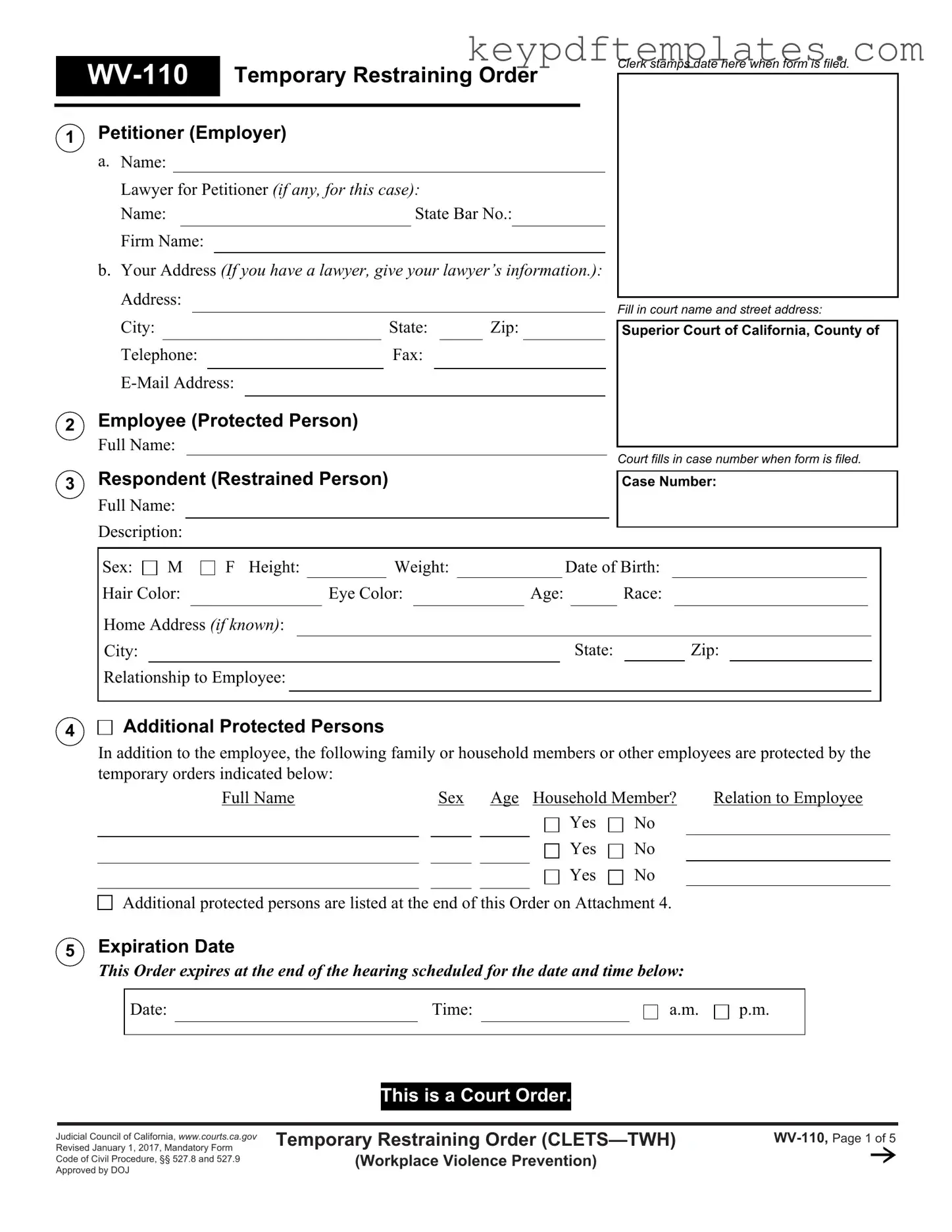Misconception 1: A Fake Restraining Order is just a piece of paper and has no real consequences.
Many people believe that a restraining order, particularly a temporary one, is merely a formality. In reality, violating the terms of a restraining order can lead to serious legal repercussions. If a person does not comply with the order, they can face arrest, fines, or even jail time. It’s essential to understand that this is a legal document that carries weight and must be taken seriously.
Misconception 2: Only victims of domestic violence can file for a restraining order.
This is a common misunderstanding. While many restraining orders are filed in cases of domestic violence, they can also be requested in situations involving workplace violence, harassment, or stalking. Anyone who feels threatened or unsafe can seek protection through this legal avenue, regardless of the relationship with the individual causing the distress.
Misconception 3: A restraining order guarantees personal safety.
While a restraining order is designed to provide protection, it does not guarantee safety. It serves as a legal mechanism to restrict contact and behavior, but it cannot physically prevent someone from violating the order. Individuals must still take personal safety precautions and seek additional support if necessary.
Misconception 4: Once issued, a restraining order cannot be modified or canceled.
Many people think that a restraining order is permanent and cannot be changed. However, this is not true. A restraining order can be modified or lifted by the court if circumstances change or if the protected person no longer feels threatened. It’s important to communicate any changes to the court and understand the process for making adjustments to the order.
